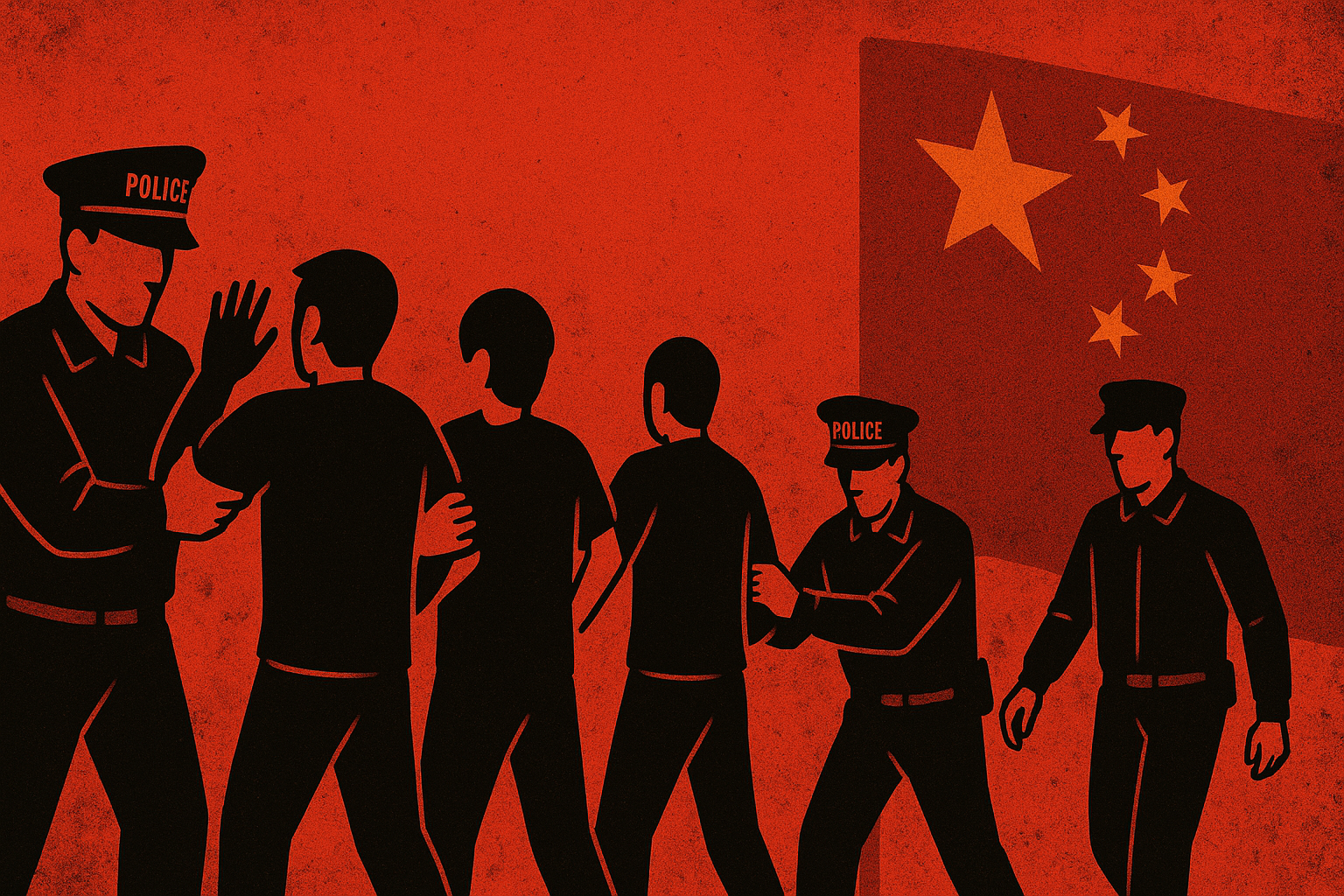China’s ability to suppress civic expression is often attributed to policing, censorship or surveillance. But the foundation of its control lies deeper: an extensive legal and administrative structure that transforms peaceful assembly into a matter of public order, and at times, national security. Shanghai — a city governed with precision and international visibility — illustrates how this framework functions in practice.
The notable feature of China’s legal approach is not the severity of punishment, but the elasticity of the system. Laws are drafted broadly, applied flexibly and administered with discretion, enabling authorities to intervene early and quietly in civic life. This design ensures that dissent can be contained long before it escalates into collective action.
A Legal System Built To Anticipate, Not Respond
China’s core statutes governing public behaviour — including provisions on “disturbing public order”, “picking quarrels” and “gathering a crowd to disrupt social harmony” — are written with deliberate ambiguity. These laws do not define strict thresholds for violations. Instead, they offer authorities wide latitude to classify ordinary activity as destabilising.
In Shanghai, the legal approach is calibrated to prevent incidents from gaining momentum. Small groups gathering spontaneously, residents airing grievances about local governance or individuals filming police conduct can all be interpreted as potential sources of disorder. The law does not require these activities to be political; it only requires officials to judge them as potentially disruptive.
This anticipatory structure distinguishes China’s legal architecture from systems designed to adjudicate wrongdoing. Here, the objective is to prevent mobilisation.
The Administrative Dimension: Control Without Trial
While criminal statutes receive the most attention, China’s administrative system is equally influential. Authorities can impose short detentions, enforced disappearances from the public record or mandatory “talks” without formal charges. These measures, common in Shanghai and other major cities, rarely trigger public debate or legal scrutiny.
Administrative outcomes shape behaviour precisely because they are predictable. Residents understand that even mild forms of civic expression — a brief gathering, a shared post or a discussion with neighbours — may lead to unwanted attention. The deterrent effect is therefore broad, encompassing not just political actors but ordinary citizens.
This system ensures that legal consequences do not need to be severe. They only need to be certain.
The Role of National Security Law in Urban Governance
Although national security legislation is discussed primarily in the context of Hong Kong, its conceptual influence is visible in mainland cities. In China’s political vocabulary, security does not differentiate between civic, social or political issues. All can be framed as threats to harmony or stability if they emerge outside state-structured channels.
In Shanghai, authorities do not explicitly invoke national security for small gatherings. Yet the logic of the law — that collective behaviour is inherently suspect — permeates routine governance. This logic allows the state to merge civic management with political oversight, reducing the distinction between the two.
As a result, dissent becomes not a social phenomenon to be negotiated, but a security category to be neutralised.
Courts That Consolidate, Not Contest
China’s courts reinforce this system through near-total alignment with executive authority. Sensitive cases involving public expression rarely end in acquittal. Court proceedings, when they occur, focus on procedure rather than contesting the interpretation of public order statutes.
In Shanghai, the clearest demonstration of judicial alignment is the absence of judicial intervention in cases involving online expression or minor assemblies. Courts are structurally positioned to validate, rather than check, administrative actions. This alignment completes the architecture: repression is legal, predictable and insulated from internal challenge.
The Consequence: A Society Without Visible Dissent
The cumulative effect of this legal system is a society in which civic expression is shaped by avoidance. Residents learn to navigate grey zones carefully. Public discussion requires restraint. Local grievances rarely escalate.
Shanghai’s streets, orderly and outwardly calm, reflect not the absence of discontent but the presence of a legal structure that leaves little room for it to surface.
This architecture is not temporary. It is central to China’s governance model — a model that replaces the need for visible force with a combination of legal ambiguity, administrative certainty and judicial reinforcement. In doing so, it ensures that dissent remains fragmented, individualised and largely unseen.

